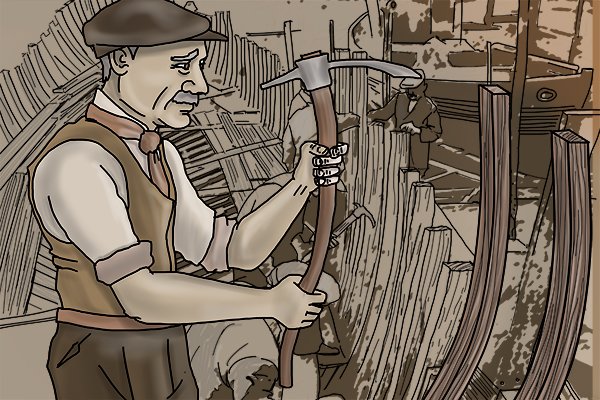
The hafted form is similar in form to a European adze with the haft constructed from a natural crooked branch which approximately forms a 60% angle.

2 Northwest Coast AmericaĪmerican Northwest coast native peoples traditionally used adzes for both functional construction (from bowls to canoes) and art (from masks to totem poles). At the same time on Henderson Island, a small coral island in eastern Polynesia lacking any rock other than limestone, natives may have fashioned giant clamshells into adzes. Prehistoric Māori adzes from New Zealand, used for wood carving, were made from nephrite, also known as jade. The adze can be found on ancient hieroglyphs in Egypt and surrounding regions. The original adzes had a stone blade fastened to a wooden handle by tying's or wraps of twine like material or leather. The adze is believed to have originated in Egypt. Perhaps somehow related to Old French aisse, Latin ascia " axe" (see axe). The word has no cognates, though it resembles the names of the adz and the hammer in many languages". Adze "has been monosyllabic only since the seventeenth century. spelling modification of ads, addes, from Middle English adese, adse, from Old English adesa "adze, hatchet," which is of unknown origin. Imagine an axe with the blade itself twisted one turn at 90 degrees.Īlso adz, "cutting tool used for dressing timber, resembling an axe but with a curved blade at a right-angle to the handle," 18c. The blade of an adze is built at a right angle to the shaft of the tool. And the foot adze which has a longer handle similar to an axe handle. The hand adze, which is a hand tool with a short handle about the length of the average hammer handle.

There are two main styles of adzes before the micro-definitions are explained. Adzes are used for shaping, carving, and smoothing wood. Even today it has a rudimentary appearance some what similar to an axe yet used for a different purpose. Stone Age | Anthropology | ’, accessed 6 July 2016, perhaps one of the oldest tools for woodworkers as used by different societies and mankind the world over. The Stone Age, whose origin coincides with the discovery of the oldest known stone tools, which have been dated to some 3.3 million years ago, is usually divided into three separate periods-Paleolithic Period, Mesolithic Period, and Neolithic Period-based on the degree of sophistication in the fashioning and use of tools. Stone Age: prehistoric cultural stage, or level of human development, characterized by the creation and use of stone tools. The adze is a cutting tool that defines itself back to the stone age


 0 kommentar(er)
0 kommentar(er)
